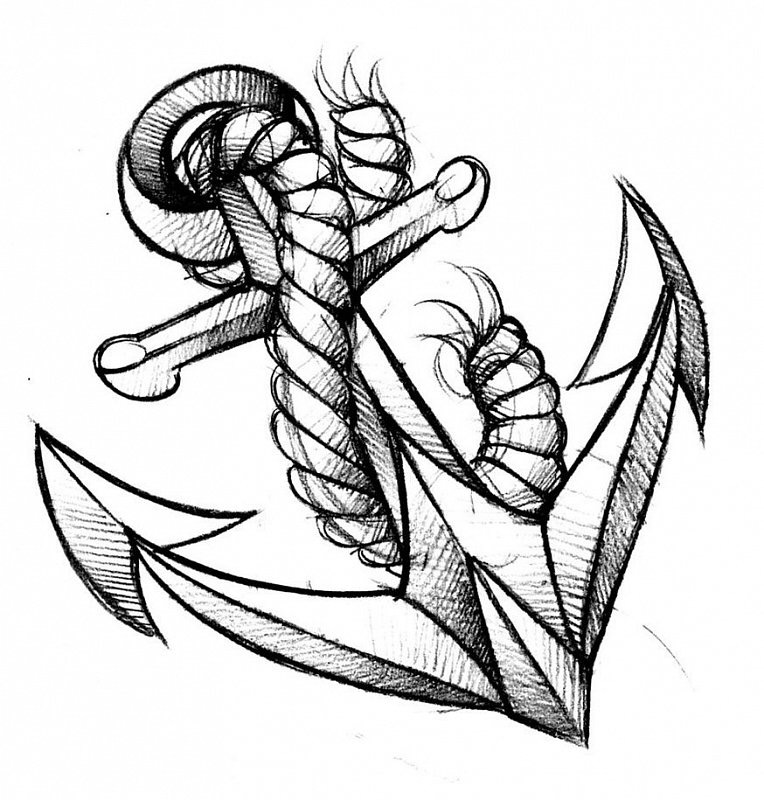Teacher
Professional
- Messages
- 2,670
- Reaction score
- 778
- Points
- 113

Health is not only what we have in the present - it is the guarantee of our happy and harmonious future.
Everyone knows the ancient, catchphrase "in a healthy body - a healthy mind" (lat. "Mens sana in corpore sano"). It reflects one of the basic presuppositions of NLP "body and mind are part of the same system." And how parts of one system can mutually influence each other. Right thoughts form a healthy body, and a healthy body sets up the right thoughts.
Health is determined by the state of the physical body, how we take care of it, and thoughts, the psychological atmosphere that each of us creates outside and inside ourselves, and the environment.
It is no surprise to anyone that "all diseases are from the nerves" and scientists have already established the reason for this. At the moment when a person is in a stressful situation or even just in an uncomfortable environment, uncontrolled processes occur in the body. The body begins to react independently of our will, almost instantly, with the release of hormones. An increased supply of oxygen to the brain begins, the metabolism accelerates, the heartbeat accelerates, and muscle tone increases. This is how the body prepares itself to respond to stress. Being in this state for a long time, negative irreversible processes begin. First of all, the immune system suffers. Therefore, a person who has been in an unfriendly environment for a long time loses his health, often suffers from respiratory diseases. Muscle clamps that arise from such nervous tension, over time, they lead to the fact that they become habitual, which affects the blood supply to the internal organs, as well as the clamping of the nerve endings. This is how "diseases from the nerves" arise.
For dealing with disease, NLP offers a self-healing template.
1. Choose the disease you want to cope with.
Consider the example of skin diseases, for example psoriasis, which has a pronounced psychosomatic nature, and is perceived by many as a given, with which it is useless to fight.
Create an image, a picture of yourself with the disease.
2. What will change in your life if the illness passes?
By answering this question, you can get, for example, the following benefits: “I will become more beautiful”, “I will be able to visit the beach more and do not hesitate”, “I will have more pleasant sensations of my body ”,“ After recovering, I will be able to spend time on interesting resorts or traveling. "
At this point, identify your secondary benefits of the disease. Secondary benefit is the answer to the question "what good do I get from the fact that I have this disease?" There shouldn't be more than the benefits of recovery.
Secondary benefits, for example, “I treat my illness in sanatoriums, this is a pleasant process,” “I can not wash the dishes,” “I must wear clothes that cover my body, and this saves from ultraviolet radiation, this is useful ”.
3. Think about how you will know that you are already recovering.
Here it is necessary to identify clear criteria, while negative statements should be avoided.
“I will get more pleasant sensations from the body”, “there will be healthy skin”, “the affected area will decrease three times”, “it will stop itching”.
Create a picture of yourself as healthy. Anchoring kinesthetic sensations from a state of health.
4. Find out the difference in images between illness and recovery.
Colors, whether there are sounds, whether images are dynamic, brightness, picture size, whether there are boundaries and which ones, volumetric picture or not, where the pictures are in space and other submodality.
5. Add resource submodalities to the non-resource image.
Add colors, move it to the place in the space where the resource image was, resize, add volume if it was not there, etc.
When you transfer all submodalities, associate with the image and turn on the anchor of kinesthetic sensations.
To answer the question: how did the sensations change after that? What positive changes have occurred?
6. Thank your body and ask the question, what would have happened if it was like this since 5 years old and will be so in the future?
“I would have and will have more free time (no need to spend time on treatment)”, “I have more free money (no need to spend on medications)”, “I can wear open swimsuits or short-sleeved shirts,” etc. etc.
7. Do this technique with several other sores.
This technique will work with bad habits such as smoking as well.
Listen to your body. Even at the initial, the body signals a possible problem, the main thing is to respond to these signals. Try to relax and realize what emotion is behind this signal and what this emotion wants for you.
Any of our emotions, even negative ones, appear with a positive intention.
So anger is designed to protect, irritation can carry a desire to be left alone, sadness can be a sign of lack of attention. It will be something different for everyone. And having understood what you are missing, try to give it to your body and psyche.
Try to create a comfortable environment around you and accept as a fact that sometimes people do not act the way you want, just as you sometimes do not the way they want. Maintain physical activity. It gives vent to emotions, keeps muscles in the right tone and makes the body fit. Try to notice the good around you.
All this will prevent the onset and development of the disease. Prevention is better than cure.

